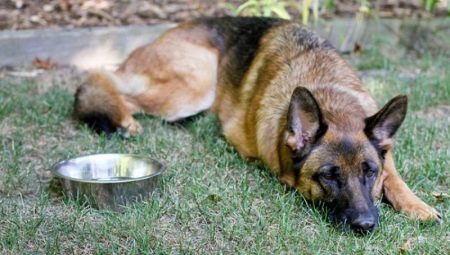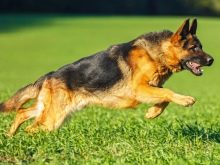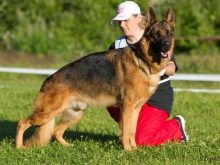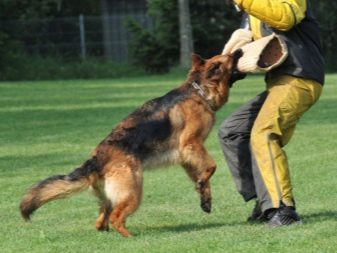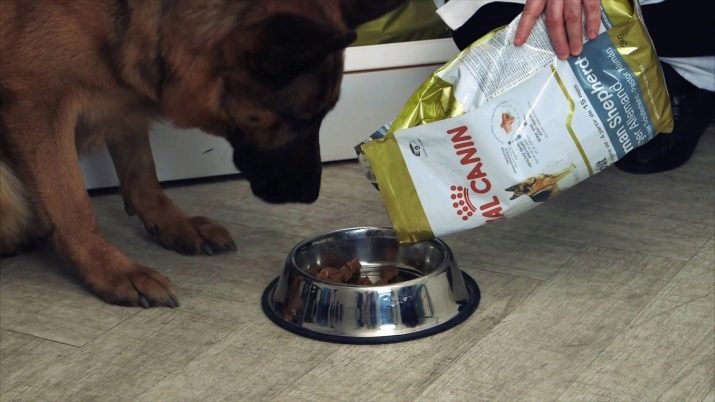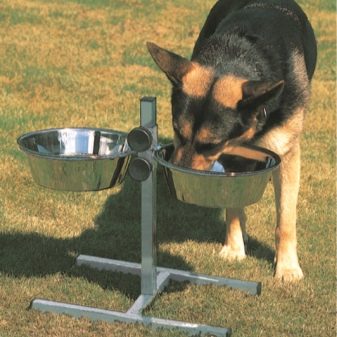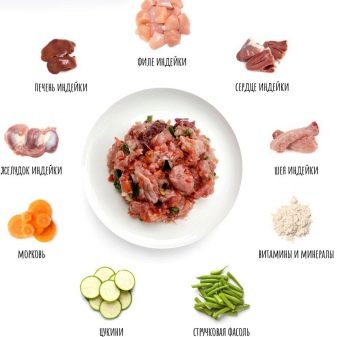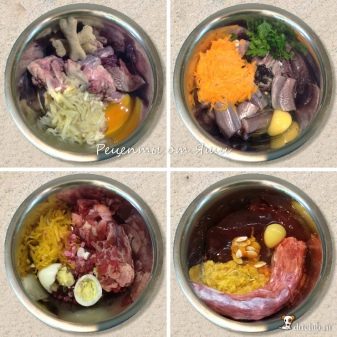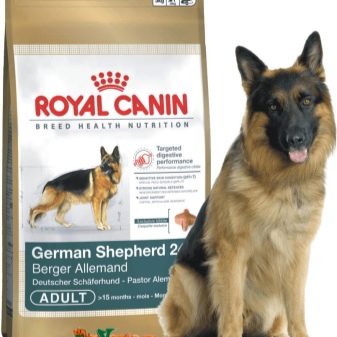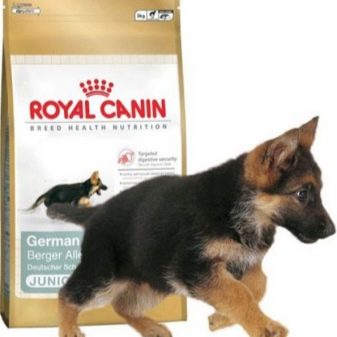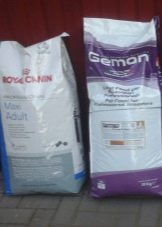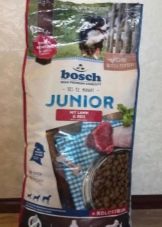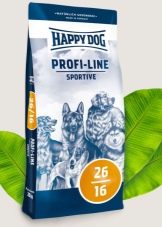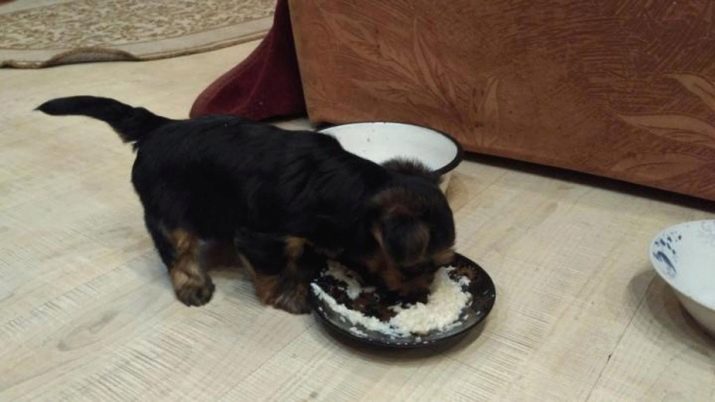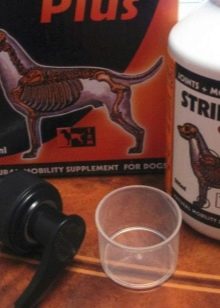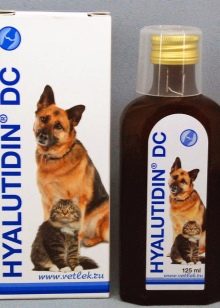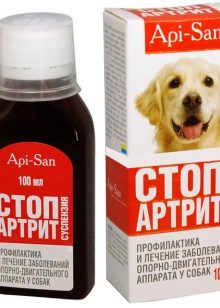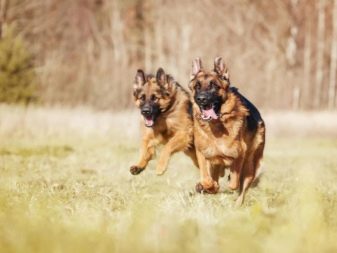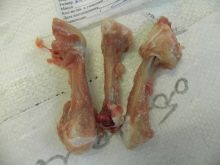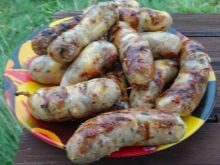The normal development of the animal, its state of health, vigor and well-being largely depends on how competently the diet of the German Shepherd Dog is and how it is balanced. According to dog experts with experience, there is no universal diet suitable for any German shepherd. In each case, breeders of dogs of this breed are guided by the individual characteristics of their pets: their level of daily activity, age, constitution, weight. What should be considered when planning the diet of such dogs?
The diet and temperament of the animal
When planning a German Shepherd diet, experienced breeders take into account not only the physical parameters of the animal, but also its temperament. So, calm phlegmatic dogs, showing moderate activity during the day, spend less energy, unlike their relatives of the sanguine and choleric type. Phlegmatic dogs are not recommended nutrition, which is based on fats. Excessively rich and fatty foods in this case can cause weight gain and, as a consequence, the possible development of endocrine diseases and disorders.
Most often, for German shepherds peculiar sanguine type of temperament. Dogs of such a warehouse have a balanced and flexible nervous system. They are mobile, active, able to quickly switch from one task to another. In most cases, their energy expenditures are able to compensate for the standard ration, which is based on protein products.
More rarely among the German shepherds meet representatives choleric type. Such individuals are characterized by increased excitability, a poorly stable nervous system, outbreaks of anxiety, and even aggression. Choleric dogs quickly consume energy, so their diet is usually more nutritious and nutritious. In this case, food rich in carbohydrates allows to compensate for high energy costs.
The basis of the diet of the German Shepherd should be protein products. However, it is impossible to fully build on the dog squirrel alone menu. An excess of protein in the diet of an animal often entails the development of diseases of the urinary organs.
A balanced diet implies a diet that includes proteins, fats, carbohydrates, vitamins, micro-and macronutrients. To meet the needs of the dog's body in those or other nutrients by using natural and industrial feed.
Types of feeding
Some dog breeders prefer to feed their pets with natural food (“naturalskoy”), others - ready-made dry and wet food. And in fact, and in another case, there are specific peculiarities, advantages and disadvantages.
Natural feeding
Planning a canine diet based on natural products requires precise balance between sources of fat, carbohydrates and proteins. All these nutrients are necessary for the animal's body for full development, optimal energy metabolism, normal functioning of internal organs and systems.
The list of products that are valid in the German Shepherd menu includes the following:
- lean meat (beef, ground beef, lean boiled pork);
- poultry meat (chicken, turkey);
- thermally processed offal (heart, lungs, stomachs, liver);
- quail or chicken eggs;
- cereals, cereals;
- cottage cheese, ryazhenka, kefir;
- low-fat fish varieties (bony, river and lake fish are not allowed);
- in small quantities - milk (if it does not cause allergies or stool disorders in the animal);
- vegetables.
Experienced breeders recommend adding some vegetable oil to prepared food, which contributes to better absorption of vitamins and nutrients. In addition, vegetable oil, added to dog food in small quantities, has a beneficial effect on the skin and coat of the animal.
The table of the approximate ratio of products in the diet of the German Shepherd is as follows:
| Sources of protein | up to 70% |
| Sources of carbohydrates | up to 40% |
| Sources of fat (vegetable and animal) | from 20 to 40% |
Industrial feed
In nurseries, most often the basic diet of German shepherds is represented by ready-made dry or wet food. They differ not only in price, but also in composition and energy value. Some types of feed are intended for healthy adult dogs, others for puppies, others for allergic dogs, the fourth for weakened animals that have undergone surgery or serious illness, and fifth for old dogs that are lactating and pregnant.
Modern manufacturers produce finished feed in the following categories:
- economy - the most inexpensive type with minimum nutritional value;
- premium - relatively inexpensive type of feed with high energy value;
- premium plus - expensive type of feed with high energy value, enriched with vitamins and microelements;
- super premium - expensive type of balanced feed with high nutritional value, containing a maximum of nutrients, vitamins and minerals.
Experienced breeders do not recommend using an economy class feed in the German Shepherd diet. They contain the least amount of useful substances, are not balanced and are not able to fill the energy consumption of the animal. For German shepherd feeding, it is best to purchase products of premium plus and super premium categories.
Well proven ready-made feed from brands such as: Royal Canin, Happy dog, Bosch, Wolfsblut, Trainer. In the lines of dog food from these manufacturers are presented dog food of all ages. The calculation of the daily rate of feed is carried out in accordance with the instructions provided by the manufacturer.
We make the right diet
Most breeders prefer to feed their pets with natural food, independently planning their diet at home. With a competent mastering approach, a dog that eats natural food gets all the nutrients, vitamins, macro- and microelements necessary for its body. When compiling a pet's menu, they are guided by its age, health, level of activity and, as mentioned above, temperament.
For puppy
The main product in a puppy's diet from the moment of birth to one month of age is breast milk. It has a high nutritional value, contains all the vitamins, nutrients, macro-and micronutrients required by the baby.
If the nursing bitch does not have enough milk, then allowed to feed puppies in addition. To do this, use dry milk formula for newborn babies or special milk mixtures for puppies who are on artificial feeding. Some owners resort to the help of the nurse breeders who are being raised by other breeders. It is important that puppies in the female nurse give birth 2–3 days earlier than puppies requiring additional feeding.
3-4 weeks of lifewhen the babies begin to appear chubby, it is allowed to introduce the first complementary foods. As a complementary food, used beef meat is used. A week later, it is recommended to introduce a second type of feeding in the form of cottage cheese.When a puppy's digestive system adapts to protein foods of animal origin, it is permitted to use sources of vegetable protein as additional feeding.
From the age of two months puppies begin to gradually lose interest in mother's milk, and therefore their menu should become a bit more diverse. It is necessary to introduce lean types of meat (rabbit, chicken), the first porridge (rice, oats, buckwheat). By the age of three months, it is allowed to add marine white fish (halibut, cod, pollock, hake) to the puppy ration. It is given to animals with caution, in very limited quantities.
5 months old German Shepherd babies should be given about 500 grams of meat, 250 grams of dairy products (yogurt, kefir), 250 grams of vegetables and the same amount of cereal (rice-buckwheat) daily. It should also be remembered that as the pups grow, they need additional sources of vitamins and microelements: fish oil, ground egg shells, brewer's yeast, bone meal.
From the age of 6-7 monthsThe puppies menu should be adjusted in such a way that the animals strengthen and develop, but do not gain weight. For this purpose, cereals are limited in the diet, but they increase the volume of protein products and fiber. At this age, puppies can be given up to 750 grams of meat and 250–300 grams of vegetables daily. Twice a week it is allowed to treat a dog with an egg; it was recommended to pamper a pet 1-2 times a week. Such a diet is desirable to adhere to the moment when the puppy will be 12-15 months.
At the age of one and a half years, the dog should be transferred to an “adult” diet. This suggests reducing the frequency of feedings up to 2 times and increasing the volume of servings. However, here experienced dog breeders recommend focusing on the individual characteristics of the animal, its state of health, the daily level of activity, the constitution.
For an adult dog
Adult German Shepherd Dogs are large hardy animals that have excellent appetite. Actively spending energy throughout the day, dogs of this breed need high-calorie, high-quality and healthy food.
Daily pet should receive not less than 700 grams of meat, 350-400 grams of cereals, 350 grams of vegetables, 400 grams of other sources of protein (cottage cheese, chicken). In addition, the dog needs additional sources of vitamins and minerals. Mature and elderly animals also need chondroprotectors - special preparations that protect joints and bones from the development of destructive diseases. Among the most famous chondroprotectors here can be noted such as “Stride Plus”, “Stopartrit”, “Hyalutidin”.
Once a week a portion of meat can be replaced with lean fish in the amount of 750 grams. Both fish and meat should be fed to a pet cut into pieces, cleaned from bones and bone fragments.
The volumes of servings of the adult shepherd must be monitored and adjusted, focusing on the activity of the pet. During the seasons, when the animal moves less frequently, it tries to spend more time at rest (for example, in winter), the volumes of the portions limit a little so that the dog does not gain excess weight. In the summer, when the shepherd moves more, walks longer and more often, the daily volumes of food slightly increase.
Feeding frequency
Newborn puppies are able to eat mother's milk 7 or 8 times a day. Experienced canine experts believe that Mother's milk is the best nutritional option for babies under three weeks of age.
At the age of 4 to 8 weeks the frequency of feeding puppies is 6 times a day. Starting from 2 months of life, babies are transferred to five meals a day. When puppies are 3 months old, the number of feedings is reduced to 4 times per day. For three times the food of animals is transferred at the age of six months.
Three times a day, dogs eat until they are one year old. Since the age of 12 months, young animals are fed 2 times a day. It is believed that a one-year-old dog is fairly adult and capable of withstanding long intervals between meals.
What can not feed?
Any owner of a German shepherd must know in detail the list of products that in any case should not be present in the diet of the animal. These prohibitions and restrictions have arisen and do not exist by chance. Some products that are not allowed to feed dogs can cause severe allergies, others - long-term digestive disorders, and others can even cause dangerous injuries to internal organs. therefore no need to deviate from the recommendations of experienced dog breeders, even if you really want to pamper a pet with a delicacy unfamiliar to him.
So, in the menu of the German shepherd dog the following products are strictly prohibited:
- fatty meats;
- tubular and chopped bones containing shards;
- any semi-finished meat products (dumplings, khinkali);
- all sweets, including chocolate, candy, ice cream;
- legumes (peas, beans);
- white bread, baking;
- canned food (intended for people, not animals);
- sausages, sausages, wieners, kebabs;
- River fish;
- beet.
Professional breeders strongly do not recommend feeding the dog leftover food from the host's table. This prohibition is due to the fact that in most dishes there are seasonings and spices, which are also prohibited in the dog's diet.
Tips and tricks
Some inexperienced dog owners often mix natural and ready-made dry food in one bowl. According to dog breeders with experience, this is undesirable. "Naturalka" and dry food should be given separately from each other. In rare exceptions "naturalku" allowed to mix with wet dog food, half reducing the recommended single volume of each type of feed.
A single dose for each type of specialized wet and dry feed is individual. Choosing for your pet the optimal amount of feed, you should focus on the recommendations of the manufacturer, and on the characteristics of the animal, its age and constitution.
It is not recommended to overfeed the dog. This is especially true of animals kept in urban environments and significantly restricted in movement. German shepherds are fairly easy to gain excess weight, which can cause health problems.
Feed the dog at the same time. For feeding you should use bowls fixed on special stands. They will not allow the animal to stoop and slouch while eating.
Appetite is one of the main indicators of the health of a shepherd dog. If the dog has ceased to eat, has lost interest in others, has become apathetic and sedentary, then this may indicate the development of a disease. For this reason, it is important to control the pet's appetite, keep track of how much it eats, and whether it leaves the uneaten food after feeding.
It is advisable to feed the pet after the walk. During walking, the dog will have time to relieve themselves, frolic, play with other animals. It will be quite difficult and uncomfortable for a pet on a full stomach. In addition, having fed the dog before the run, the owner risks not bringing it with an overflowing intestine, bladder and stomach to the playground. In this situation, there is an increased risk that a well-fed dog will relieve the need right at home.
On how to properly feed the dog, see below.
